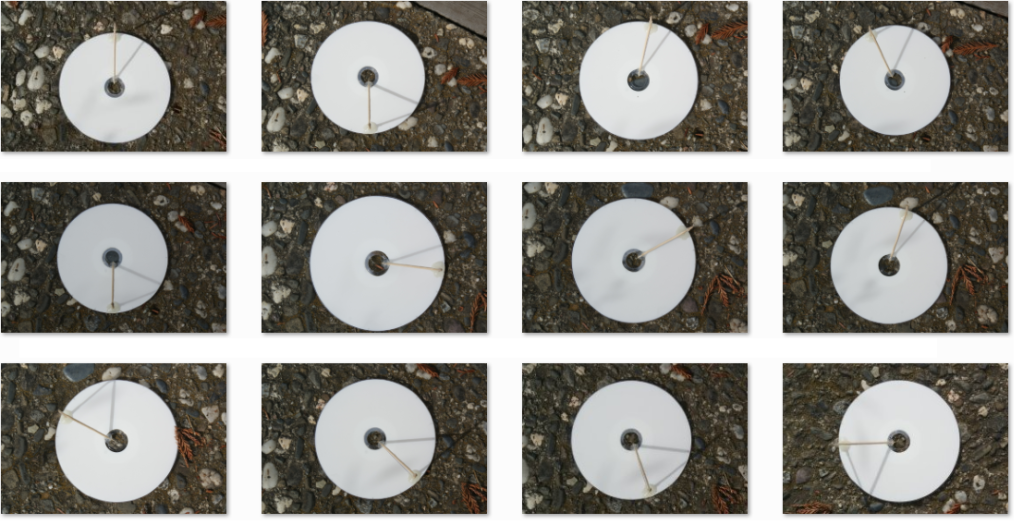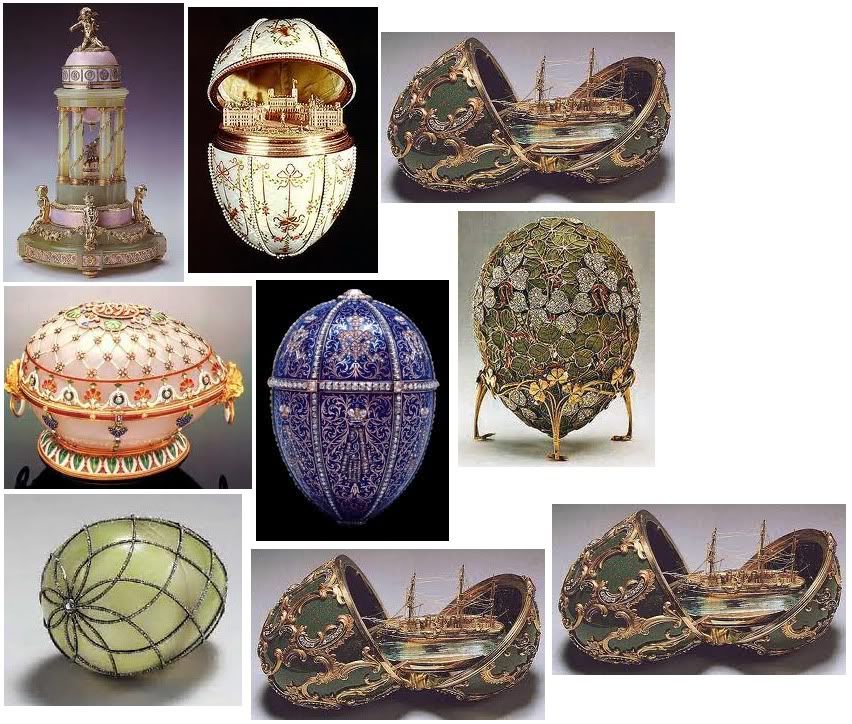Cache is not at the posted coordinates, but it is
within a mile. Solve one of the three puzzles below to find the
coordinates of the cache.
“Puzzix: Puzzles For Everybody!” is a series
of caches with three main intents.
1: To provide easy puzzles that anybody can solve.
2: To provide an immersion into puzzling to people who really
don’t solve puzzles.
3: To teach. Teach about puzzles, and about the information the
puzzles are about.
It bothers me (only slightly) that there are so many puzzles
around here, and several of them have so few finds. The same group
of people solve find all the puzzle caches, and most cachers only
focus on Traditionals.
The main set of qualms I have with that is that puzzles have so
much to teach. If it weren’t for puzzle caches, I
wouldn’t know anything about 128 bit integers, fruit
identification, the makeup of colors in computers, C++, Page codes,
cryptograms, ASCII-Hex conversion, Jpeg encoding, and much much
more. Time for me to give back to the community.
Every Cache in this Series will have three puzzles associated
with it. The best part is, all three puzzles give you the same
coordinates! You only need to solve one of the three puzzles to
find the coordinates. In your log, tell me which puzzle (or
puzzles) you solved.
This is the First in the series, and it will focus on multiple
images. Every puzzle on this cache page will be composed of a
series of pictures. These puzzles are supposed to be easy, and more
than anything, teach you. Let’s begin.
Puzzle #1 ReCACHETA!
A few years ago, Luis Von Ahn and several other students at
Carnegie Mellon were confronted with a problem. How to prevent bots
from making e-mail accounts and sending spam. The answer was
Captcha. It provided a method of identifying humans from robots, by
putting up an image with distorted text in it. To make an account
or send a message, the user had to identify the text in the image,
something a bot could not do.
Later, the creator(s) had a realization. They were wasting
millions of man hours of work . Or phrased in the words of Luis, "
had unwittingly created a system that was frittering away, in
ten-second increments, millions of hours of a most precious
resource: human brain cycles."
But being the genious that he is, he created the system,
ReCAPTCHA. There are two words in the ReCAPTCHA system. One is to
identify that you are human, and the other is a word from an
undigitized book. When you type in your Captchas, you are
translating ancient documents into digital text. It really is quite
amazing. ReCAPTCHA’s website can probably say it better than
I can.
ReCAPTCHA is used on several popular sites, Facebook,
Craigslist, Yahoo, and even Geocaching.com!
Anyway, it turns out that if you only answer the word that is
identifying whether or not you’re a human, but get the other
word wrong, your Captcha is still correct, and it goes through.
(Although than that word is digitized into a book, so don’t
go doing that on purpose.)
But that’s assuming you can differentiate between the
CAPTCHA word, and the book word.

Puzzle #2 Turtle Bay’s Sundial Bridge
In Turtle Bay Exploration Park lies the only GPS Adventures
cache so far, but much more important and relevant to this puzzle
lies the Sundial Bridge! Sundials have been around since ancient
times. In those days, all you needed to tell time was an Astrolabe
and what time you wanted to tell.
If you point your arm at the North Star, you get two data
points. Which way North is, and your latitude. Those are the only
two things you need to know to make a Sundial work. Fit the hand of
your Sundial to that latitude, point it north, and voila, you have
your own sundial! Ancient civilizations knew how to do this, and
thus they could measure the direction of the shadow at one point in
the day, and at the same time the next day, the shadow would be
pointing the same direction.
The earliest sundials known from the archaeological record are
the obelisks (3500 BC) and shadow clocks (1500 BC) from ancient
Egyptian astronomy and Babylonian astronomy. Presumably, humans
were telling time from shadow-lengths at an even earlier date, but
this is hard to verify.
This day, we have constructed a contemporary version of this, a
sundial weighing 3500 tons, half the weight of the Eiffel Tower in
Redding, CA, in Turtle Bay Exploration Park. The same park where
the GPS Adventures Exhibit is!
The following pictures were all taken at Latitude 37.411, on a
day in the past when Daylight Savings Time was not a worry, and
when the sun rose at 6 AM, and set at 6 PM. See if you can’t
figure out what they are telling you.

Puzzle Number #3: The Surprise is a Logsheet
In 1842, Gustav Faberge opened a Jewelry Firm,
“Faberge.” Over the years, the firm grew, and so did
its popularity. The jewelers were stationed in St. Petersburg, and
a few years later, Faberge had a son, Carl.
In 1885, Tsar Alexander III commissioned the House of Fabergé to
make an Easter egg as a gift for his wife, the Empress Maria
Fedorovna. The egg was made, and all involved were ecstatic. From
then on, the shop Faberge every year followed the tradition of
making a Faberge Egg for the current Tsar of Russian, except for in
1904 and 1905 because of the Russo-Japanese War. These yearly Eggs,
presented every year on Easter, became known as the Imperial
Eggs.
50 Imperial Eggs were made, and today, 42 of their locations are
known. The 50th was never finished, but still is in a museum, along
with the others. After the Russian Revolution, the House of Faberge
was nationalized by force by the Bolsheviks, and no more eggs were
made. A few years later in 1920, Carl Faberge died, and the
tradition of Faberge Eggs faded into history.
The Imperial Eggs all either have a surprise inside, or a clock.
In many eggs, the surprise has been lost and no one will ever know
what it was.
The Faberge eggs are some of the most prized things in the
world, appraising today at near priceless. Each one is an amazing
work of art, and is very beautiful.
In my trip to Russia, I picked up a replica of the generic Red
Faberge Egg. It opens up, and is completely hollow, perfect for a
cache container. Fits a log and small swag. (Like I’d ever
put my Faberge Egg in a bush…)
Just to show you the beauty of the Imperial Eggs, here’s
some pictures of them. Perhaps you can assosiate some numbers with
them, maybe their order.

Well that’s it for the puzzles. All three contain the
same coordinates, which is feet more away from GZ than I would have
liked. (Couldn’t get a good reading that day.) I hope if
anything you learned something. Something about Captchas, Sundials,
Faberge Eggs, or that anyone can solve puzzles, it doesn’t
just have to be a single community of people. In your log, put
(without spoilers) something you learned, and don’t forget to
include which of the puzzles you solved!

You can validate your puzzle solution
with certitude.